Benchmarking Maternity Care & Outcomes

Benchmarking Maternity Care Reports
Benchmarking with peer services is one of the important tools available to health service leaders seeking to assess and improve the quality, safety and outcomes of care delivered to women, newborns and their families. For this reason, WHA offers members the opportunity to participate in a benchmarking service that measures a wide range of agreed indicators of labour and birth care and outcomes.
WHA’s Dashboard of indicators have been developed and collected over many years in consultation with clinical leaders within our membership. They includes all of the Core Maternity Indicators collected by the Australian Institute for Health and Welfare, as well as many more. Our indicators cover:
- characteristics of women accessing each maternity service
- labour and birth care and interventions
- maternal adverse outcomes
- selected newborn outcomes
With more than 170,000 births being reported in our Indicator Benchmarking every year, there is a robust opportunity to compare results with peer services that have similar size and capability to your own. The reports identify groups of services that have common attributes, complexity of casemix and capabilities.
Data is presented in an easy to interpret format which allows individual members to:
- assess performance relative to peers
- identify areas of strong performance
- identify priority areas for performance improvement
- evaluate any improvement processes they implement
- track trends over time for specific indicators.
The Benchmarking data provides a stimulus for discussions within local teams, to better understand differences between services, the drivers for variation, and any opportunities for improvement. WHA assists member hospitals to connect with peer services facing similar challenges, and/or whose performance or outcomes appear to be more favourable, to help share learnings and strategies to achieve the best possible outcomes for all women and newborns. Contact our Benchmarking team for more information or assistance.
Beyond Indicators
While the use of indicators is helpful for assessing comparative outcomes with peers and trends over time, they are less helpful for understanding the relationships between variables. For example, it is not possible using the indicator dataset to assess whether the trend to rising rates of induction of labour is influencing the trend to rising rates of postpartum haemorrhage for women and nursery admissions for newborns.
For this reason, WHA is working closely with members to design a new clinical dataset to support in depth analysis of the relationships between women’s risk factors and needs, their care during labour and birth, and the outcomes being achieved for them and their babies. This dataset already contains more than 660,000 births and presents an exciting opportunity for robust analysis of how to optimise care for women and their babies in the Australian context.
WHA is currently consulting with members on the design of meaningful analytics to help time poor clinicians to quickly identify the pathways of care that are achieving the best outcomes for women with a given cluster of common characteristics or risk factors. The aim of this work is to move beyond benchmarking care that has happened in the past and towards supporting maternity care providers to have access to timely, meaningful and relevant data to inform care of women today and tomorrow.


